Purpose and selection of filters for lenses
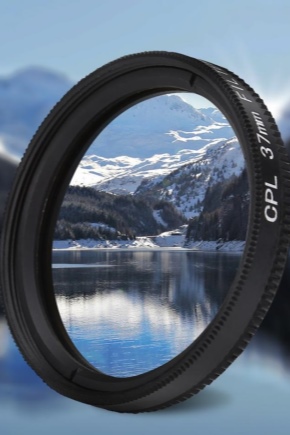
With the advent of modern SLR cameras, the possibilities for a variety of shooting have become almost limitless. Any user can make beautiful and high-quality shots without any special knowledge and skills. It is important to choose the right optics and various accessories for it correctly. In today's article, we'll take a closer look at lens filters and find out what their main purpose is.

What are they for?
Today on sale you can find a lot of different accessories for photography. These include special light filters produced for camera lenses. Many uninformed users are interested in what these components are used for?
By using a quality camera filter, you will be able to achieve the desired effect. This purpose of these accessories turns out to be especially relevant if the user does not have the necessary software (photo editor) at his disposal. With the help of a light filter, a photographer can realize a variety of interesting ideas and transfer them to a printed base. To get effective and juicy images, a person must have not only good taste, but also a rich imagination. It is possible to adjust the light flux with the attachment. As a result, we get curious shots that are distinguished by artistry and originality.
The photographer should always plan what filters he will use. It is advisable to always carry them with you in a separate pocket of your bag or briefcase. But it should be borne in mind that in many situations, using a filter can reduce the quality of the final frame.
An incorrectly chosen accessory often provokes the formation of unnecessary glare or vignetting. The effect must be well thought out beforehand, otherwise the changes may lead to a deterioration in the final frame. Filters for the camera lens must be used correctly, otherwise their purchase will be impractical.
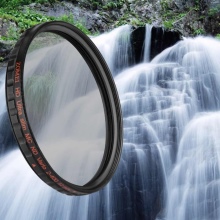


Views
Several different types of filters for camera lenses can be found on the market today. Each of them has its own characteristics. Let's get to know them better.
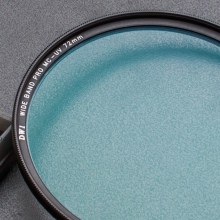
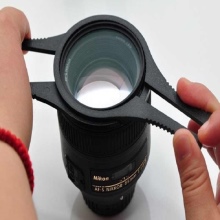

Protective
The lens will be able to demonstrate good image quality only if there are no unnecessary scratches or scuffs on it. A protective filter pre-attached to the lens will extend the life of this camera part. In the production of this element, a special transparent material is used that performs the following functions:
- protects equipment from any damage;
- minimizes the negative effects of ultraviolet rays;
- leads to an increase in the contrast of frames;
- reduces the effect of smoke;
- optimizes the picture;
- allows you to more conveniently adjust the level of sharpness, as well as the ratio of colors in the frame;
- has an anti-glare effect;
- demonstrates absorption of deep spectra, which in most cases spoil the quality of frames;
- makes the colors deeper, creates a "brushstroke" effect.
It is recommended to use safety filters for beautiful portraits.
And also this accessory can be very useful if it is a cloudy and cloudy day outside, as it will noticeably increase the sharpness of the picture.
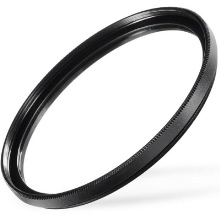
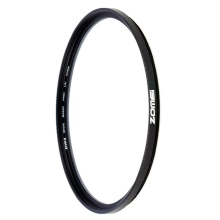
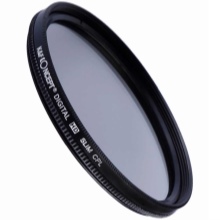
Ultraviolet (UV)
It is a versatile product that fits on an outer lens. In most cases, it is used at the same time as expensive lenses. The device does not allow dust or dirt to enter. Minimizes the risk of scratches and other damage. Ultraviolet filters are inexpensive.
Unfortunately, these devices also have one serious drawback - they can reduce the level of image detail and even introduce a blur effect into the frame. That is why it does not always make sense to use an ultraviolet filter during filming.
This detail is the perfect companion if you want to capture spectacular shots in harsh environments.
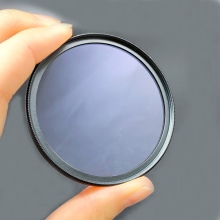
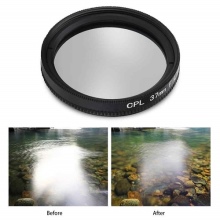

Infrared
Narrow specification devices. Due to their use, it is possible to form an interesting "soft" effect. They have a slightly hazy, softening effect. At the same time, the main subject of filming remains as clear and detailed. With the help of these types of filters, it is possible to smooth out many imperfections during portraits. The image will be given either a warm or a cool tint. In the role of an artistic solution, in most cases, the method of spherical aberration is used.
The infrared filter is capable of transmitting a light wave from 700 nm. The function makes it possible, for example, to correct the color of the sky from blue to black. In this case, the green colors will become snow-white. In such a "creation" the clouds will have the same color. In this case, the contrast of the frame will noticeably increase.
Camera light filters are the right accessories to use wisely.
Thanks to this, the photographer can get really high-quality and effective images that have their own unique flavor.
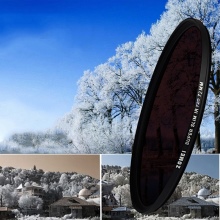
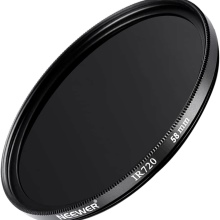
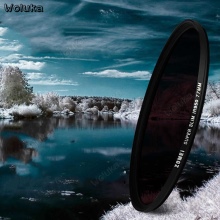
Gradient
With the help of filters of this type, it is possible to neutralize or highlight one or another effect in photographs. With gradient accessories it is possible to even out the existing lighting in the picture. Basically, this effect is used during the shooting of beautiful landscapes. There is also a difference between the samples used based on the density factor and filling.
Gradient filters are:
- blue - with their help you can significantly enhance the color of the sky or water surface;
- gradients used to create the effect of a storm or sky on a cloudy day;
- with a purple tint - they make beautiful shots of sunrises, which look especially harmonious and mesmerizing (in such shots there is always soft lighting around);
- kokin is one of the subspecies of the gradient, in which it is possible to correct the transition line by performing elementary operations with the holder.
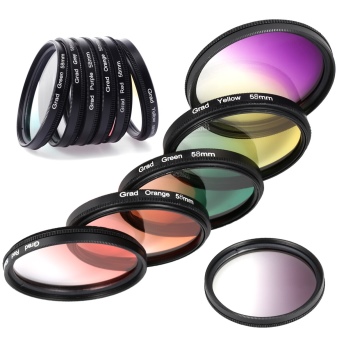
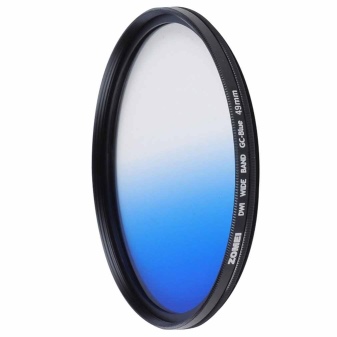
Polarizing
These types of filters are used by both professionals and amateurs. With the help of these accessories, it turns out that the ability of the camera to reflect light is reduced many times. The function turns out to be especially useful if the photographer needs to capture the sky or water beautifully. Using a polarizing filter, you can get gorgeous photographs of landscape compositions.
Often the accessory in question is used during outdoor filming. Thus, a person gets the opportunity to adjust the level of intensity of the effect. By adding light, you can achieve rich and clear frames.
Before choosing a filter of the considered type, you need to familiarize yourself with two of its subspecies.
- Linear. It is characterized by a democratic cost, but its operation is permissible only in conjunction with TTL cameras.
- Circular type. These types of filters make it possible to focus in an automatic order. The add-on works optimally in combination with the specified accessory.
The listed types of filters can make the sky, flowers, greenery and water more juicy and colorful. An interesting effect can be obtained due to the high level of contrast.However, if you use the filter not according to the rules, at the output the frames run the risk of getting blurry, and some colors may even lose their naturalness.
Correct performance can only be achieved with maximum polarization. Experts advise combining these filters with quality wide-angle lenses.
The latter will make it possible to form the desired darkening of the screen, at least in part.
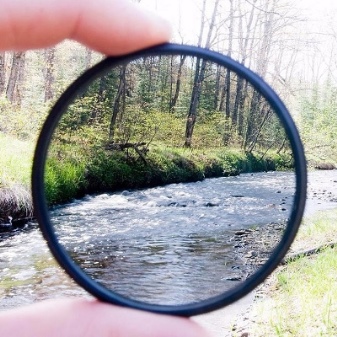
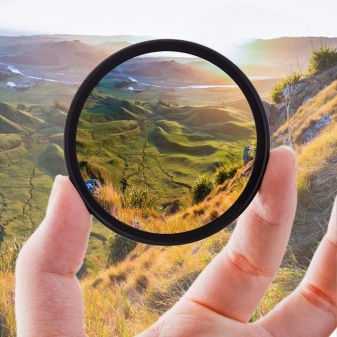
Neutral
This filter allows you to slightly blur the edges of the subject, or add a small amount of haze / fog. ND accessories with variable density levels are very popular today. With the help of these devices, it turns out to reduce the number of light waves several times. Due to this, it is possible to focus on specific areas of color reproduction. But, indeed, a cool result can be achieved only if you use the considered product correctly.
These accessories are ideal for working in mountainous areas, on the water or against the backdrop of a snowy surface. They can visually smooth flowing streams, add sharpness and depth. They are also often used to blur elements that move.
... Only in rare situations is it possible to noticeably change the color balance using a filter.
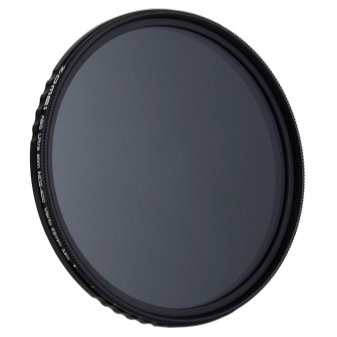
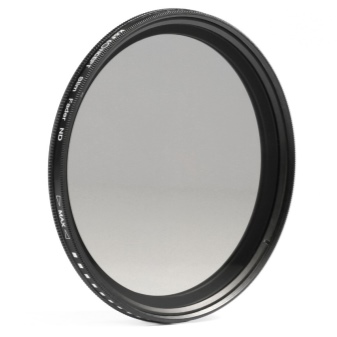
With effects
Not in all cases in photographs it is possible to form an interesting effect only with the help of a lens. In such situations, it is best to use a specialized filter, through which it will be possible to visually correct the temperature of the image. So it will be possible to completely change the mood of the general perception of the frame in just a couple of minutes. Due to such an accessory, it is possible to get rid of the negative consequences of weather conditions. The filter can be "cold" or "hot". If necessary, the white balance can be set manually.
Using the filter, it will be possible to attract attention to a particular shade. These accessories will also allow you to achieve black and white images. Correcting the tonality of the entire image will allow you to set accents in a different way. For example, red will make the photo more dramatic, and green will make the skin more attractive in portrait-type shots.
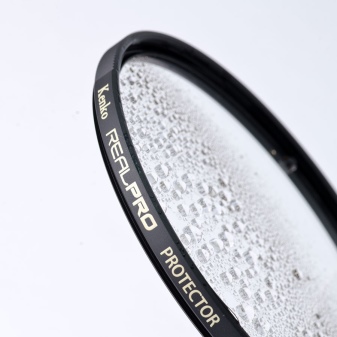
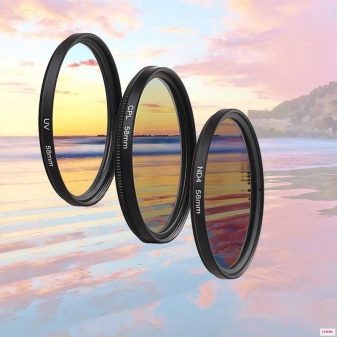
With the use of a special lens attachment, it is possible to completely change the traditional set of frame shades. Additionally, it is possible to enhance each of them by more than 10%. A filter of this type is advised to be used if there is an uneven light distribution in the room. The system makes it possible to give the image more saturation. But it should be borne in mind that these models were developed back in the time of film cameras, so today many of the necessary manipulations are easier to perform on ready-made frames.
There are also special stellar and ray types of filters. The principle of their actions is similar. Only the way of drawing lines is changing. Thanks to the microscopic grid, the incident light is divided into stars.
A special macro filter is also popular today. The effect of this accessory is as follows: it reduces the focal length from the subject to the camera lens. Due to this, it turns out to get as close to the subject as possible and shoot it large.
A diffuse filter is suitable for creating an interesting effect. With it, you can create a pleasant blurring of the frame, which makes the photo resemble a moment from a dream.
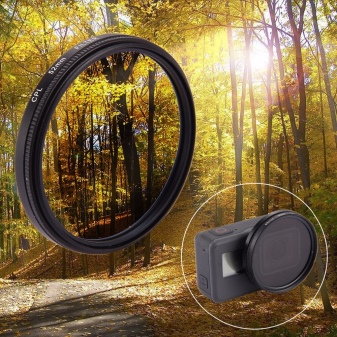
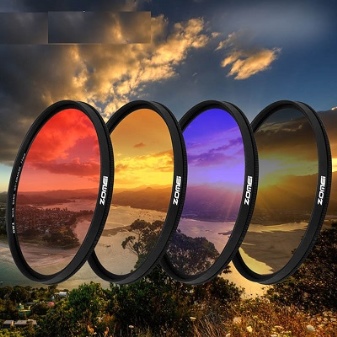
How to choose?
Let's analyze the rules for choosing a filter for a camera.
- It is advisable to choose only those filters that do not spoil the picture. A protective product can be checked by placing it on a black velvety material, then the level of enlightenment is checked. If the area is small, the accessory can be used. The beam filter must pass the same test.
- When choosing a wide-angle filter, make sure that the width and height of the frames match. With a minimal difference, unnecessary areas will fall into the frame.
- There should be no scratches or defects on the filter part. Poor quality coating will not achieve the desired results.
- If during operation the condition of the filter deteriorates, then it is better to replace it with a new part. The photographer should be prepared in advance to purchase these items frequently.
- It is recommended to buy sets of filters for the camera - this will be more profitable. When transporting accessories, it is better to transport them in a separate case, which is often kept in a separate pocket for a DSLR (or any other) camera bag.
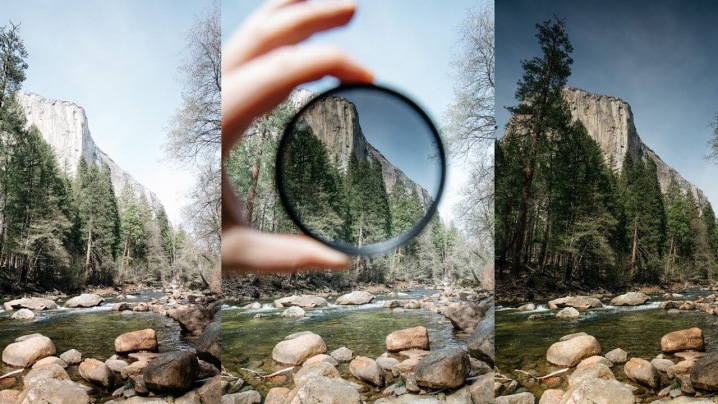
How to use?
Most filters have a threaded frame. They need to be screwed onto the lens thread. Each lens has its own diameter for the filter element. It is indicated on the lens itself or on the box from it. The standard thread pitch is 0.75 mm, the rarer one is 0.5 mm.
If there is no thread or it has been torn off, you can purchase Cokin filters that are secured with screws.... And you can also use a special adapter, threaded adaptive rings. With similar components, the filter can be easily attached to the lens and just as easily removed.
The main thing is to be as careful and careful as possible.
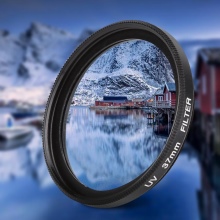
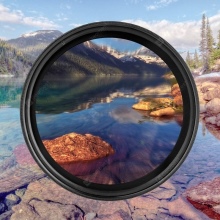

You can learn how to choose the right lens filters in the video below.













The comment was sent successfully.